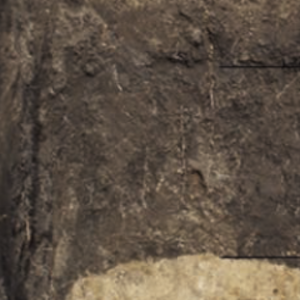Mitigation of salinization and sodification of chernozems irrigated by brackish water

HTML: 26
All claims expressed in this article are solely those of the authors and do not necessarily represent those of their affiliated organizations, or those of the publisher, the editors and the reviewers. Any product that may be evaluated in this article or claim that may be made by its manufacturer is not guaranteed or endorsed by the publisher.
This research aimed to assess the impact of deep ploughing, with manuring and manuring alone, as well as the effects of different calcium ameliorants on physicochemical properties, fertility, and crop productivity of calcic chernozems in the Northern Steppe of Ukraine over a period of 7 years. Deep ploughing with manure had long-term positive effects on the mentioned characteristics of chernozems that were irrigated with brackish water over a long period. The bulk density decreased from 1.2 to 0.98 g/cm3, while the carbonate content increased to 8.7%. The humus layer increased from 50 to 75 cm. The exchangeable sodium and potassium percentage decreased from 7 to 3.9-4.8% and crop yield increased by 21-38%. These positive effects of deep ploughing and manuring persisted throughout the entire 7-year period. The effect of calcium ameliorants lasted shorter (only 3-4 seasons) and was as follows: i) the degree of soil sodicity decreased from medium to weak; ii) the content of exchangeable sodium and potassium decreased from 7 to 4.1-5.5%; iii) the content of carbonates in the root zone increased from 2.7 to 3.3%; iv) the crop yield increased by 10-30%. All measures proved to be effective in mitigating the sodicity and salinity of affected chernozems.
How to Cite

This work is licensed under a Creative Commons Attribution-NonCommercial 4.0 International License.
PAGEPress has chosen to apply the Creative Commons Attribution NonCommercial 4.0 International License (CC BY-NC 4.0) to all manuscripts to be published.

 https://doi.org/10.4081/ija.2023.2190
https://doi.org/10.4081/ija.2023.2190



